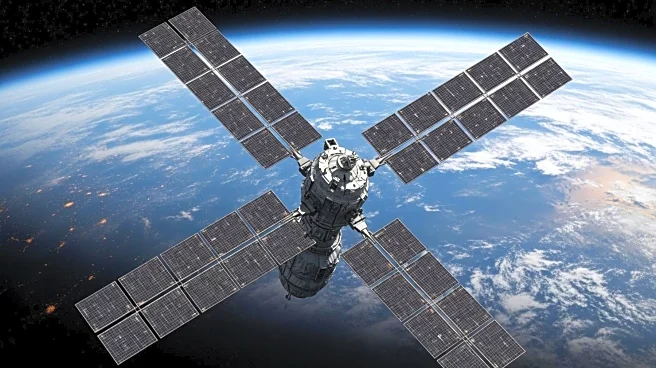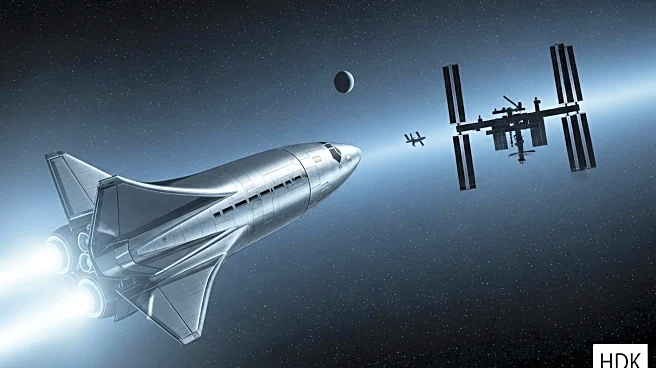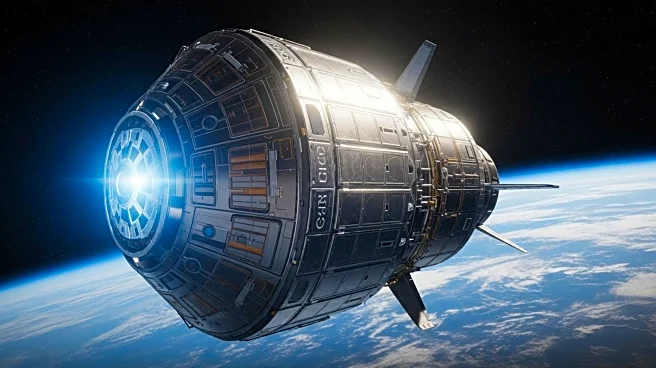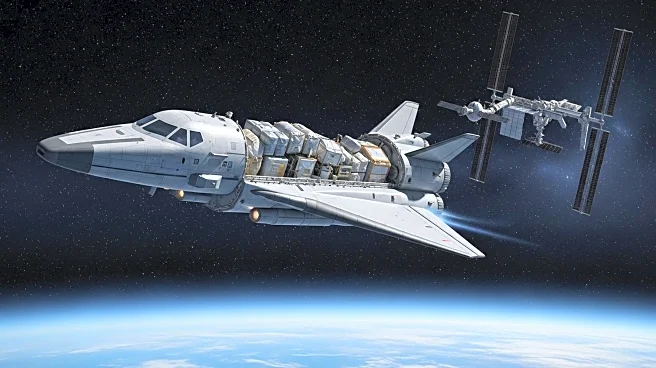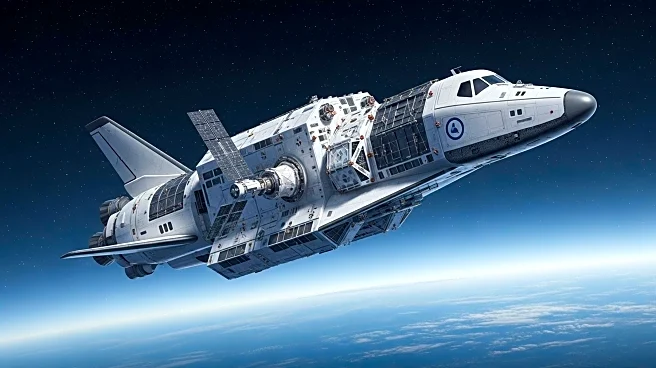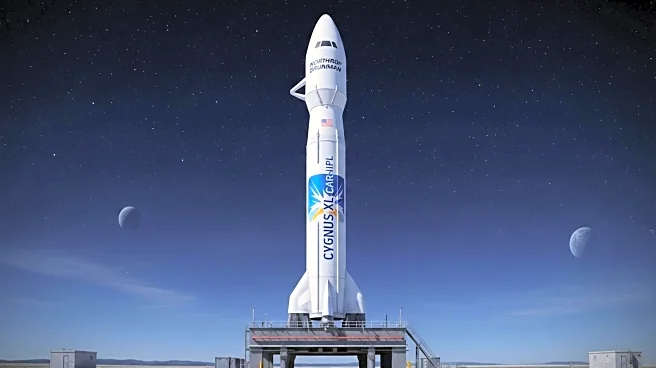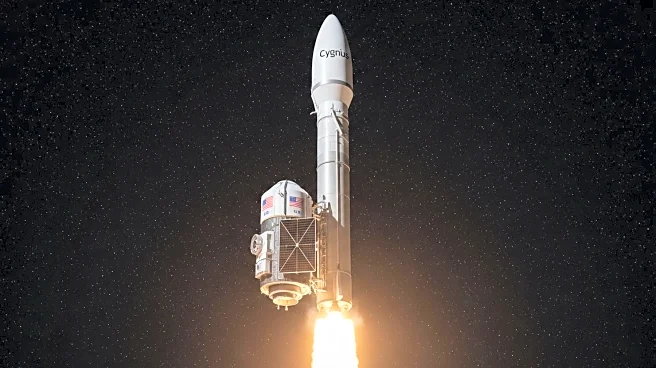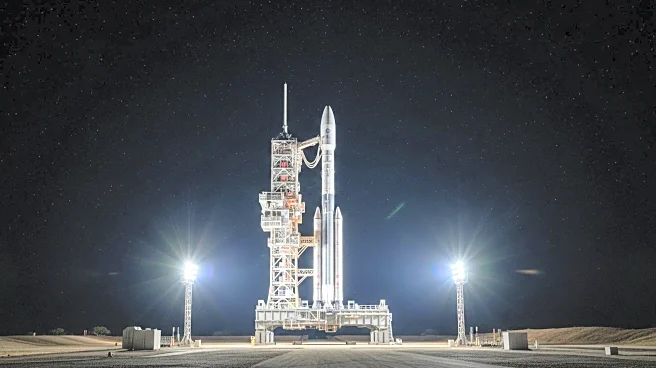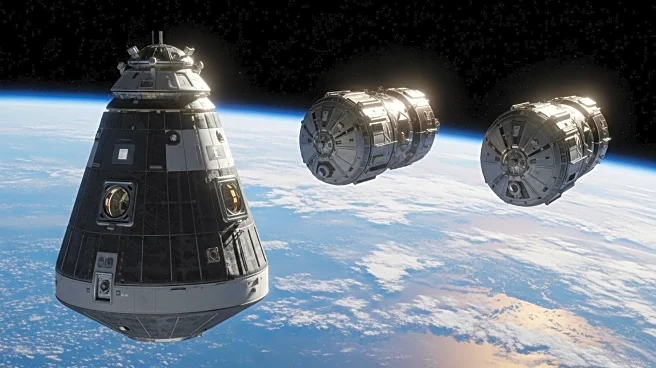What's Happening?
Northrop Grumman's Cygnus XL spacecraft has successfully launched on a SpaceX Falcon 9 rocket from Cape Canaveral, carrying over 11,000 pounds of scientific investigations and supplies to the International Space Station. The launch is part of NASA's Commercial Resupply Services mission, with the spacecraft reaching its preliminary orbit shortly after liftoff. The Cygnus XL will deploy its solar arrays and is scheduled to arrive at the station on September 17, where it will be captured using the Canadarm2 robotic arm.
Why It's Important?
The successful launch of the Cygnus XL spacecraft is crucial for maintaining the operations and research activities at the International Space Station. The mission ensures the delivery of essential supplies and scientific materials, supporting the astronauts' work and experiments. The introduction of the larger Cygnus XL model represents advancements in spacecraft design, allowing for increased cargo capacity and efficiency. This mission underscores the importance of collaboration between NASA and commercial partners, highlighting the role of private companies in advancing space exploration.
What's Next?
The Cygnus XL spacecraft is expected to arrive at the International Space Station on September 17, where it will be captured and installed on the Unity module. The spacecraft will remain at the station until March 2026, providing ample time for the crew to unload its cargo and conduct scientific investigations. The mission's progress will be closely monitored, with live coverage available on various platforms, including NASA+ and Amazon Prime. The successful completion of this mission will pave the way for future resupply missions and continued collaboration between NASA and its commercial partners.


